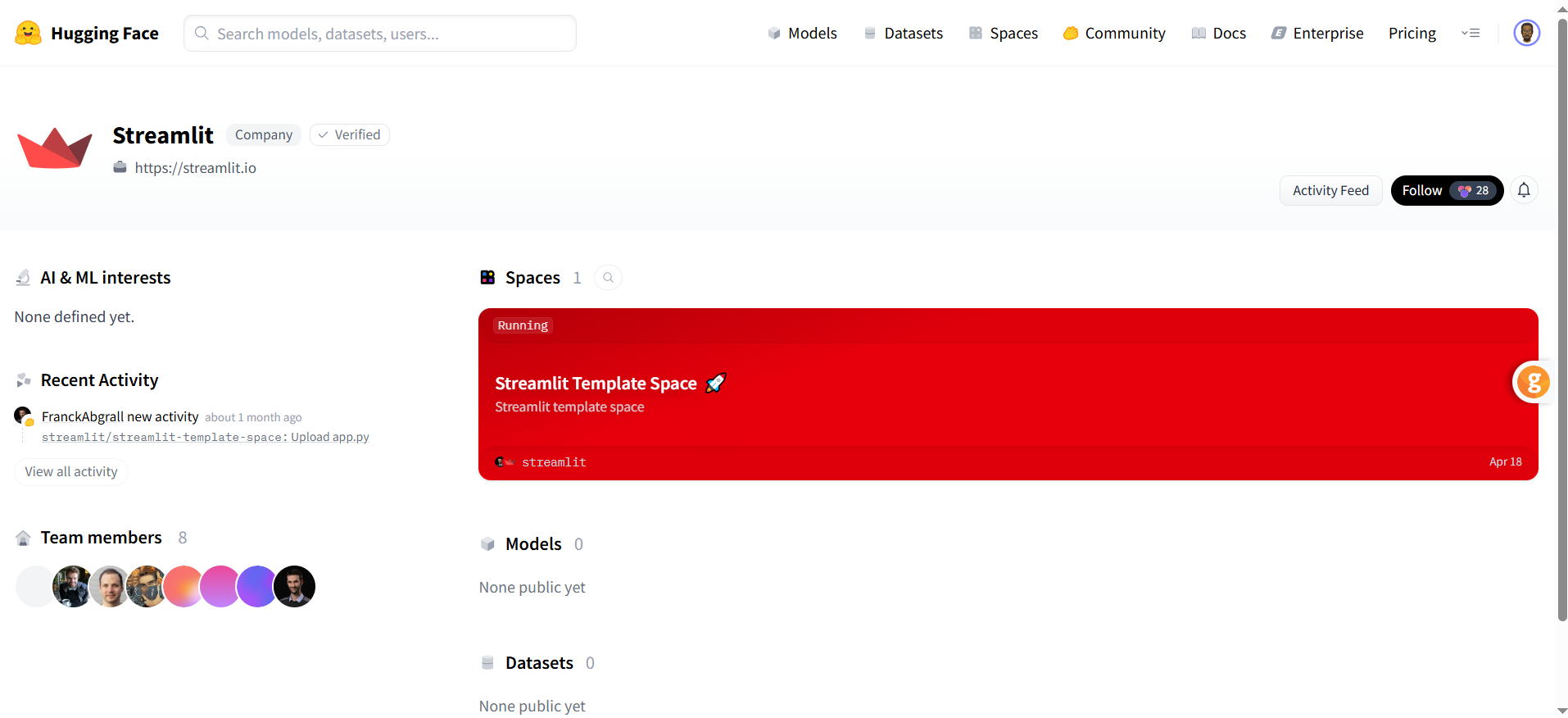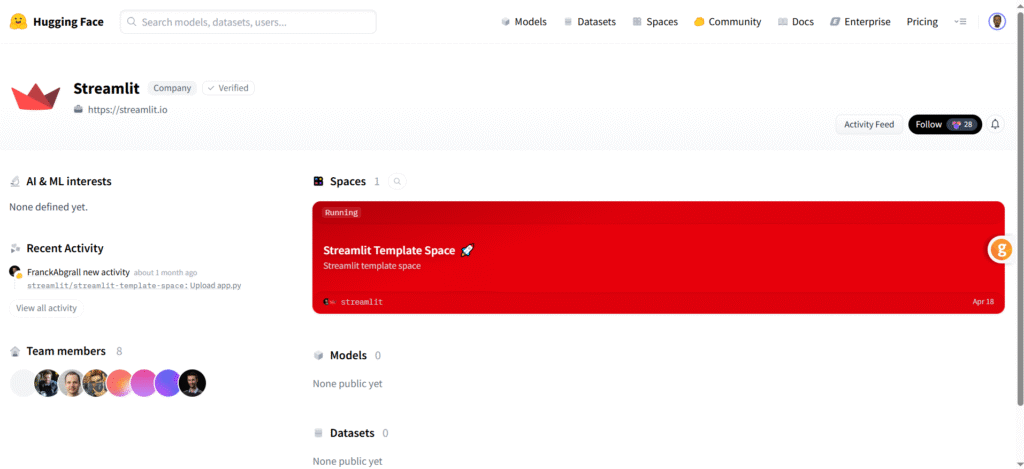Picture this: you’re making breakfast, scrolling through your phone, and an idea pops into your head. What if there was an app that helped people pick recipes based on what’s in their fridge, automatically replied to client emails while you were still in bed, or turned your voice notes into neat to-do lists without you lifting a finger? In the past, that idea would probably live and die as a daydream unless you could code or had the budget to hire a developer. Fast forward to today, thanks to Large Language Models (LLMs) like GPT-4, LLaMA, and Mistral, building an AI-powered app is no longer reserved for professional programmers. You can describe what you want in plain English, and the AI can help you design, code, debug, and even improve your app idea. The tools are powerful, the learning curve is gentler than ever, and many of the best resources are free. In this guide, I’m going to walk you through how to create an app using AI from scratch, even if you’ve never written a line of code. We’ll explore what “creating an app using AI” really means, why LLMs are perfect for beginners, a step-by-step beginner roadmap, real examples you can try, the pros and cons of paid tools versus DIY with LLMs, and common mistakes to avoid. And yes, we’ll keep it human, encouraging, and practical.
Related Blogs
1. What Does “Creating an App Using AI” Actually Mean?
Let’s clear up a common misconception right away: when we say “AI app,” we don’t mean you’re building the next Iron Man J.A.R.V.I.S. (although… wouldn’t that be fun?).
An AI-powered app is simply an application where artificial intelligence handles one or more key tasks that would normally require human thought.
That could be:
- Understanding natural language – like a chatbot that can answer your questions in plain English.
- Generating content – like an app that writes social media captions for you.
- Making recommendations – like Netflix suggesting shows you might like.
- Analyzing images – like Google Lens recognizing landmarks or objects.
- Predicting outcomes – like an app that forecasts the best time to post on Instagram.
In this guide, we’ll focus on LLM-powered apps that specialize in working with text, conversation, and language understanding.
Think of it this way: the LLM is the brain that interprets what users want and comes up with responses. Your app is the body; it gives users an easy way to interact with that brain.
2. Why LLMs Are Perfect for Beginners
Large Language Models are the closest thing we have to a patient, all-knowing coding mentor.
Here’s why they’re game-changing for newcomers:
- They understand plain English (and more)
You can literally type:
“Write me a Python script that takes text from a user and translates it into Spanish.”
…and you’ll get functional code in seconds. - They teach while they work
You can ask:
“Why did you use this function instead of another?”
and the LLM will explain its reasoning in beginner-friendly language. - They help you debug
Copy-paste an error message, and it can suggest fixes immediately. - They work 24/7, for free or cheap
No scheduling meetings, no hourly billing, just instant help whenever you’re ready to build.
Essentially, an LLM turns coding from a lonely, frustrating process into a guided collaboration.
3. Your Beginner-Friendly Roadmap to Building an AI App
Step 1 – Start with a Simple Idea
Every great app starts with one question: “What problem am I solving?”
Keep it small for your first project. A focused idea will be easier to build and test.
Examples of beginner-friendly ideas:
- A writing tone changer: turns formal text into casual text, or vice versa.
- A study companion: explains concepts in simpler terms.
- A daily journal AI: summarizes your day’s notes into key points.
Write your idea in one sentence. That becomes your project’s compass.
Step 2 – Pick Your AI Partner (LLM)
You’ll need an AI model to handle the “thinking” part of your app. Some beginner-friendly options:
- OpenAI GPT (Free ChatGPT) – Very easy to start with.
- Hugging Face Inference API – Free models like Mistral and BLOOM.
- Ollama – Run models locally without an internet connection.
- Google Colab – Run open models in the cloud for free.
For your first project, Hugging Face is a great pick; it’s free, and you can experiment with many models without setup headaches.
Step 3 – Pick Your Framework (Your App’s “Stage”)
This is where your app lives and how people will use it:
- Web app – Streamlit (Python, beginner-friendly, looks professional).
- Mobile app – React Native (JavaScript, cross-platform).
- Desktop app – Electron.js (JavaScript, works on Mac/Windows/Linux).
For a first-timer, Streamlit is the sweet spot, simple enough for beginners but powerful enough to make your app feel real.

Step 4 – Map Out the User Flow
Before coding, visualize the journey:
- User Input – What will they type, click, or upload?
- AI Processing – What will the AI do with that input?
- Output – How will the app show results?
Draw it on paper, use Figma (free), or even a sticky note. Clarity now saves confusion later.
Step 5 – Connect the AI to the App
This is the magic step where your interface talks to the AI.
The basic loop is:
User sends input → App sends it to the AI → AI responds → App displays the result.
If this sounds intimidating, remember LLMs can generate the exact code for your chosen framework and model.
Step 6 – Start with Core Features, Then Add Extras
Begin with your main function (e.g., “answer questions” or “summarize text”). Once that works reliably, you can add:
- A tone selector (“formal,” “casual,” “friendly”).
- A history feature to review past AI responses.
- An export button to save results.
Step 7 – Test Like Your Users Will Use It
You’re not just looking for “Does it work?”, you want “Is it useful?”
- Ask friends or colleagues to try it.
- Check if AI responses are accurate, quick, and clear.
- Try unusual inputs to see if the app handles them gracefully.
Step 8 – Share It with the World (Free Hosting Options)
You can deploy without paying a cent:
- Streamlit Cloud – Ideal for Streamlit apps.
- Hugging Face Spaces – For both Python and JS apps.
- GitHub Pages – For static sites like React apps.
Step 9 – Keep Improving
Once your app is live, gather feedback and make small updates regularly. Swap in better models, refine prompts, and polish the UI.
4. Paid Tools vs. DIY with LLMs – What’s Best for You?
There’s no universal “right choice,” just what fits your situation.
| S. No | Paid AI App Builder (e.g., Glide, Builder.ai) | DIY with LLMs |
|---|---|---|
| 1 | Very beginner-friendly | Some learning curve |
| 2 | Hours to days | Days to weeks |
| 3 | Limited to platform tools | Full flexibility |
| 4 | Subscription or per-app fee | Mostly free (API limits apply) |
| 5 | Low – abstracted away | High – you gain skills |
| 6 | Platform-controlled | 100% yours |
If you want speed and simplicity, a paid builder works. If you value control, learning, and long-term savings, DIY with LLMs is more rewarding.
Related Blogs
5. Real-World AI App Ideas You Can Build with LLMs
Here are five beginner-friendly projects you could make this month:
- AI Email Reply Assistant – Reads incoming emails and drafts replies in different tones.
- AI Recipe Maker – Suggests recipes based on ingredients you have.
- AI Flashcard Generator – Turns study notes into Q&A flashcards.
- AI Blog Outline Builder – Creates structured outlines from a topic keyword.
- AI Daily Planner – Turns your freeform notes into a schedule.
6. Tips for a Smooth First Build
- Pick one core feature and make it great.
- Save your best prompts, you’ll reuse them.
- Expect small hiccups; it’s normal.
- Test early, not just at the end.
7. Common Mistakes Beginners Make
- Trying to add too much at once.
- Forgetting about user privacy when storing AI responses.
- Not testing on multiple devices.
- Skipping error handling, your app should still respond gracefully if the AI API fails.
8. Free Learning Resources
- Hugging Face Docs
- Streamlit Tutorials
- Ollama
- FreeCodeCamp YouTube – Excellent coding + AI playlists.
Conclusion – Your AI App is Closer Than You Think
The idea of creating an app can feel intimidating until you realize you have an AI co-pilot ready to help at every step. Start with a simple idea. Use an LLM to guide you. Build, test, improve. In a weekend, you could have a working prototype. In a month, a polished tool you’re proud to share. The hardest part isn’t learning the tools, it’s deciding to start.
Frequently Asked Questions
-
What is an AI-powered app?
An AI-powered app is an application that uses artificial intelligence to perform tasks that normally require human intelligence. Examples include chatbots, recommendation engines, text generators, and image recognition tools.
-
Can I create an AI app without coding?
Yes. With large language models (LLMs) and no-code tools like Streamlit or Hugging Face Spaces, beginners can create functional AI apps without advanced programming skills.
-
Which AI models are best for beginners?
Popular beginner-friendly models include OpenAI’s GPT series, Meta’s LLaMA, and Mistral. Hugging Face offers free access to many of these models via its Inference API.
-
What free tools can I use to build my first AI app?
Free options include Streamlit for building web apps, Hugging Face Spaces for hosting, and Ollama for running local AI models. These tools integrate easily with LLM APIs.
-
How long does it take to create an AI app?
If you use free tools and an existing LLM, you can build a basic app in a few hours to a couple of days. More complex apps with custom features may take longer.
-
What’s the difference between free and paid AI app builders?
Free tools give you flexibility and ownership but require more setup. Paid builders like Glide or Builder.ai offer speed and ease of use but may limit customization and involve subscription fees.
The post Create an App Using AI – A Beginner’s Guide with LLMs appeared first on Codoid.
Source: Read More
